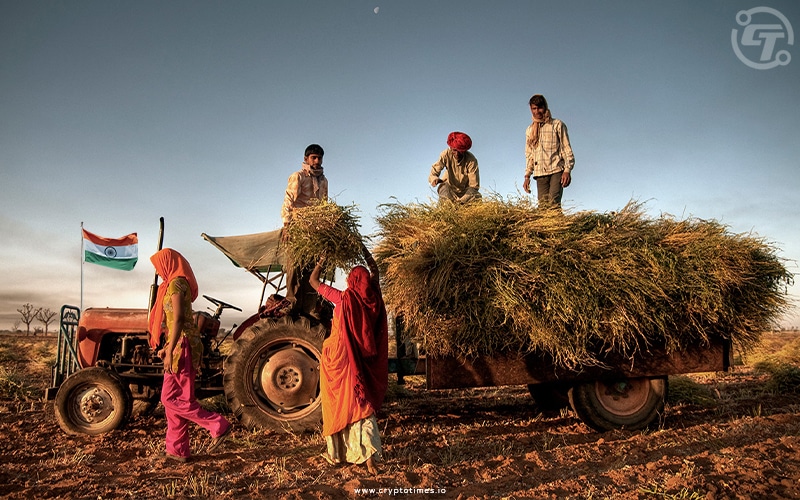The Governor of the Reserve Bank of India (RBI), Shaktikanta Das, stated that there is a need to look into offline solutions that can facilitate adoption and improve the reach of CBDC, called Digital Rupee, especially in rural areas where internet connectivity is poor.
While meeting the Monetary Policy Committee, Das focused on analyzing different offline options, such as proximity and non-proximity underlying methods to assist in digital transactions, even going beyond hilly or rural areas without deserving better internet infrastructure.
Ajay Kumar Choudhary, the RBI’s executive director, first proposed offline digital rupee access in March 2023. The goal is to establish the potential of CBDC settlement within external national boundaries and ensure its compatibility with settled systems in other countries.
Currently, the CBDC system facilitates P2P and P2M transactions digitized in digital rupee wallets by pilot banks.
According to Siddharth Sogani, the CEO of the Indian blockchain analytics firm Crebaco, such CBDCs aim for financial surveillance and cash management within a country.
Practically all developing and advanced economies seek to promote stability in the financial system and cross-border payment efficiency through CBDC projects. Secondly, emerging economies strive to support financial inclusion by moving toward CBDC implementation.
The shift towards offline solutions highlights that the RBI is focused on keeping digital currency accessible to even rural areas where Internet connectivity isn’t extensive.
Also Read: India Collects Rs 1,260 Crore In TDS from Crypto, Gaming






